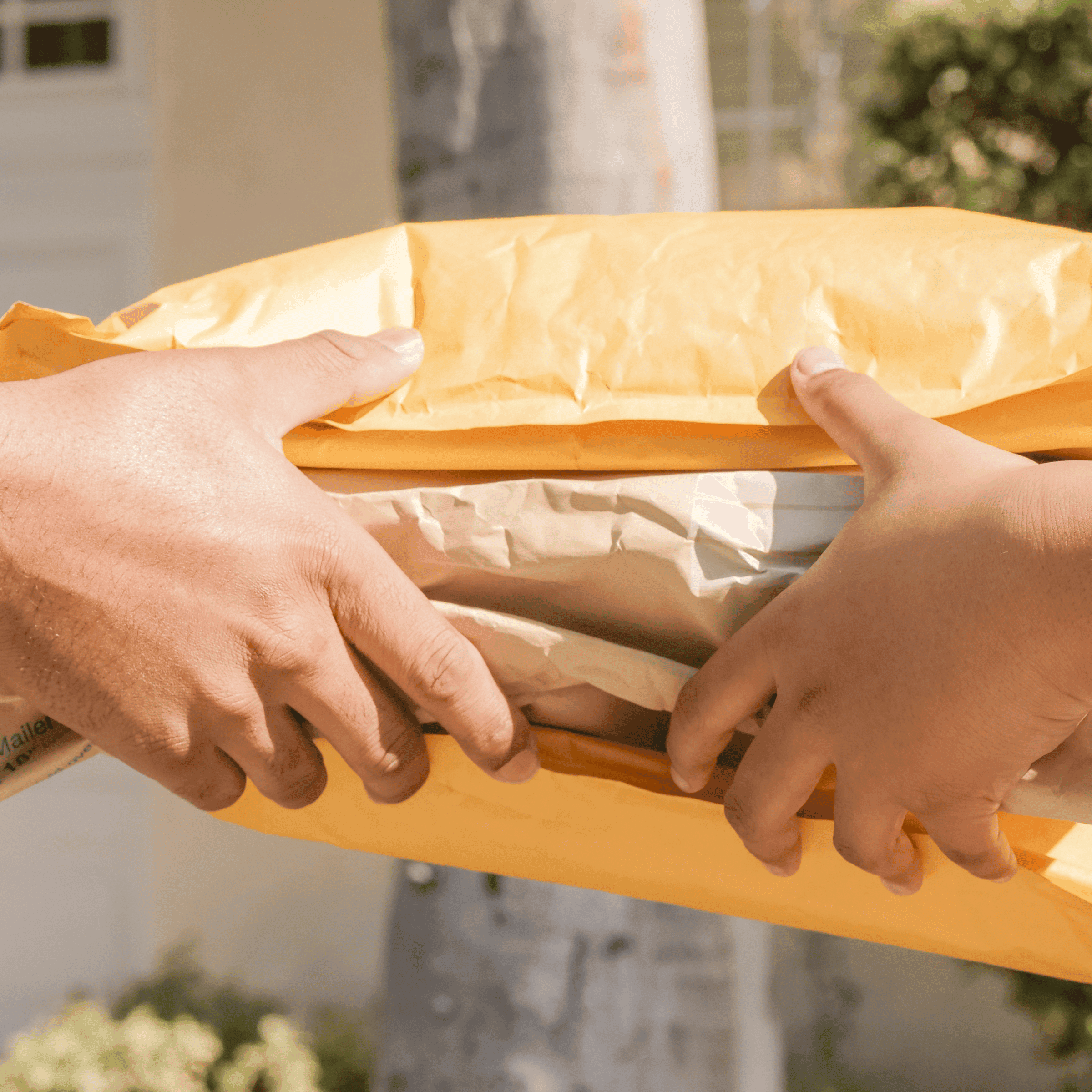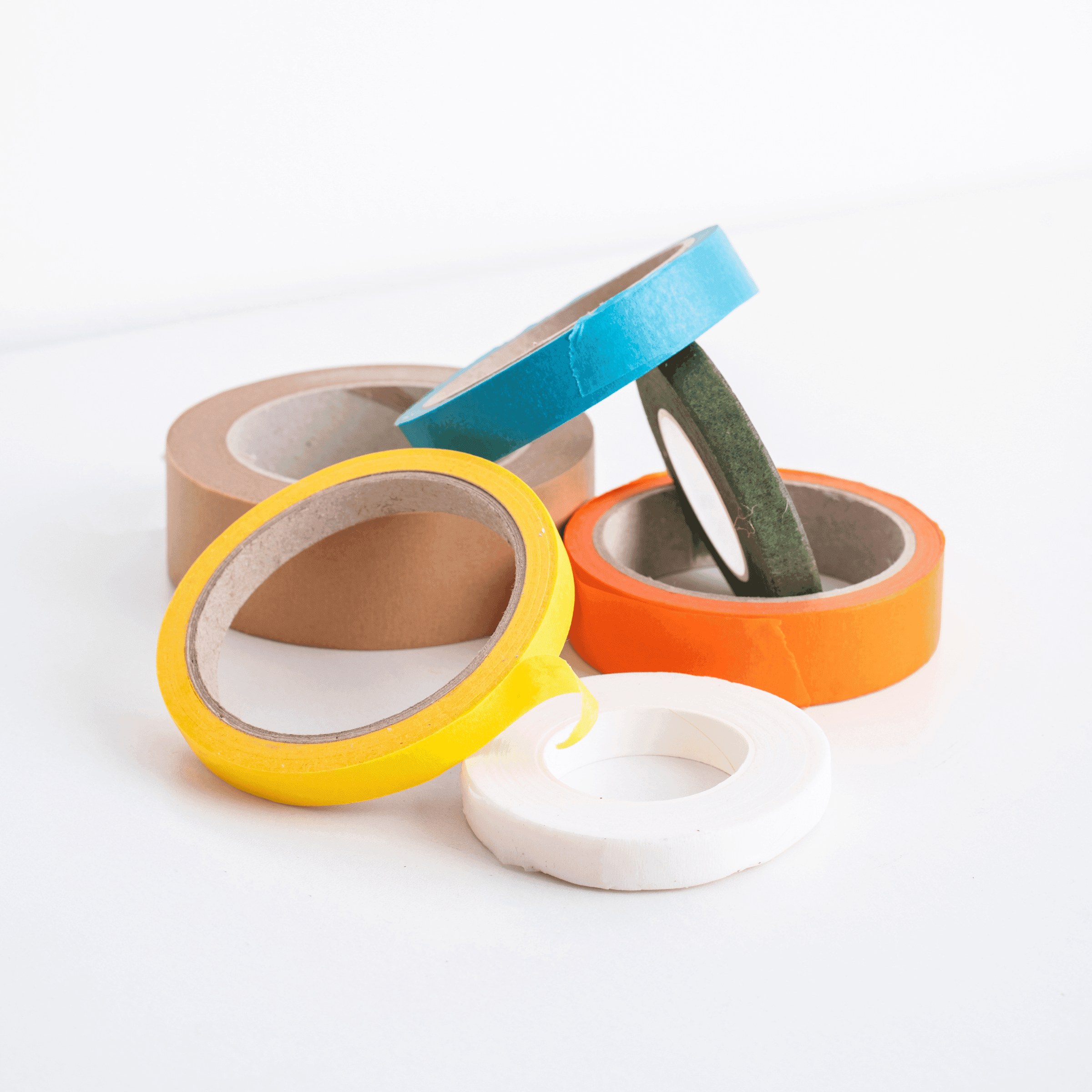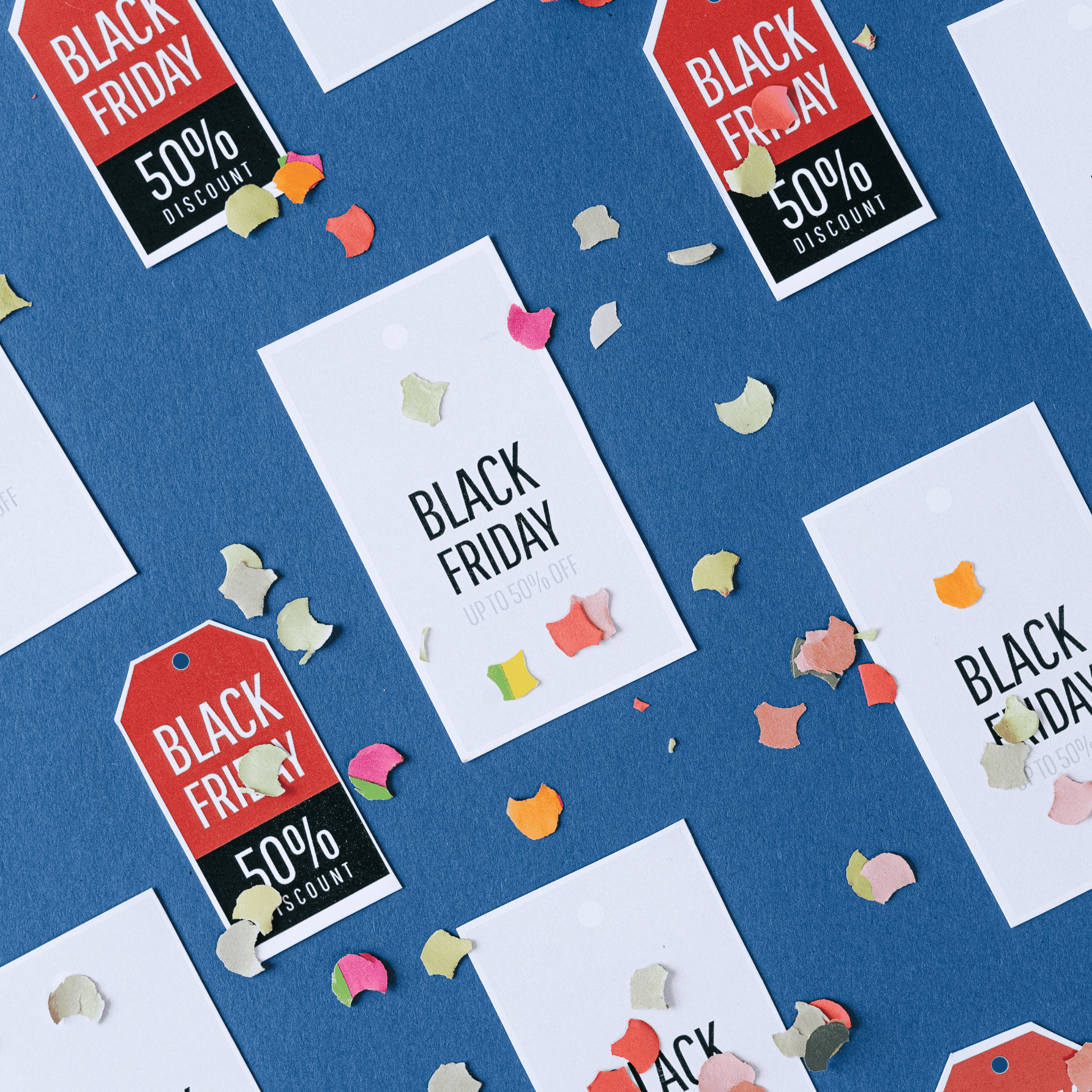Instant Commerce Is No Longer a Niche—It’s the New Standard
Consumer behavior in 2025 is being shaped by a simple expectation: “I want it now.” What began with food delivery apps has evolved into a full-blown logistics transformation across CPG, cosmetics, pet supplies, household goods, and ecommerce retail. This demand for ultra-fast delivery—often within 15 to 60 minutes—is driving a new logistics model known as instant commerce.
No longer limited to groceries or restaurant orders, instant commerce is now embedded in how consumers shop online. Brands that meet these expectations are gaining market share. Those that don’t are seeing declining conversions, lower customer satisfaction, and increasing cart abandonment.

What Is Instant Commerce?
Instant commerce refers to the ability to fulfill and deliver online orders in a matter of minutes—not days. This fulfillment model depends on a combination of:
- Hyper-local inventory storage
- Micro-fulfillment centers (MFCs)
- Real-time order routing
- Integrated last-mile carrier networks
- Fast-turn co-packing and prep services
In short, instant commerce collapses the supply chain timeline to meet customer expectations for immediate gratification.
Why 15-Minute Delivery Is Gaining Traction in 2025
The growing demand for rapid delivery is being fueled by three forces:
- Mobile-First Shopping Behavior
More consumers are shopping from their phones and expecting app-like speed and convenience. The window between desire and checkout is shrinking. - Platform Convergence
Companies like Gopuff, DoorDash, and Uber Eats are expanding beyond food delivery to offer everyday items—from candles and cosmetics to pet treats and razors—via ultra-fast storefronts. - Brand Competition
Emerging DTC brands and major retailers alike are turning logistics into a differentiator. Instant commerce is no longer a premium feature—it’s becoming table stakes.

How 15-Minute Delivery Impacts 3PL Fulfillment Models
The traditional 3PL fulfillment model—centered on centralized warehouses, batch processing, and carrier pickup windows—is too slow for instant commerce. To keep up, 3PL providers must adapt in the following ways:
1. Distributed Inventory and MFC Strategy
Micro-fulfillment centers (MFCs) are small, tech-enabled facilities located close to population centers. Brands are moving inventory into MFCs to reduce last-mile delivery time and cost. Many 3PLs now offer hybrid fulfillment strategies—combining regional DCs with localized fulfillment pods.
2. On-Demand Co-Packing and Labeling
To meet instant demand, 3PLs must be able to relabel, tag, kit, and package products within 24 hours of receiving them. Retailers such as Target, Ulta, and Amazon require retail-ready packaging and barcode compliance for same-day distribution.
3. Real-Time Order Management
Brands working with 3PLs expect real-time visibility across ecommerce platforms like Shopify, Amazon Seller Central, Walmart Marketplace, and Faire. A delay in syncing inventory or orders breaks the instant commerce promise.
4. API-Driven Carrier Integrations
Same-day and sub-same-day fulfillment only works when your warehouse is directly connected to carriers like Uber Direct, DoorDash Drive, and Amazon Flex. Modern 3PLs must offer routing logic based on delivery zones, cost, and time-in-transit.
Speed Alone Isn’t Enough—Compliance Still Matters
While speed is essential, brands fulfilling through retailers like Kohl’s, Nordstrom, or Ulta Beauty must still meet strict compliance standards. This includes:
- EDI-compliant carton and pallet labeling
- GS1 barcode formatting
- Retail prep and tagging (RFID, hang tags, etc.)
- PO accuracy and ASN transmission
3PLs must be able to meet both speed and compliance simultaneously—particularly for brands operating in multiple sales channels.

Snapl’s Fulfillment Advantage for the Instant Commerce Economy
Snapl helps brands bridge the gap between ecommerce demand and operational execution. We provide fulfillment solutions designed to meet the speed and flexibility requirements of 2025 while maintaining the precision and compliance required by major retailers.
Our Capabilities Include:
- Fast Container Processing
Weekly inbound 40-ft containers processed within 3 business days. Typical container volumes range from 35,000 to 40,000 units. - Same-Day Co-Packing and Labeling
Full FNSKU labeling, box builds, kit assembly, and retail tagging with turnaround SLAs tailored to flash-sale or replenishment timelines. - Real-Time WMS and Retail Platform Integration
Native integrations with Shipedge, Amazon Seller Central, Vendor Central, Shopify, and more—ensuring accurate inventory and order sync. - Northeast Fulfillment Hubs
Our facilities in New Jersey and Massachusetts enable fast regional delivery, customs-bonded storage, and port-to-shelf distribution.
Brands That Thrive in Instant Commerce Are Doing These 4 Things
- Positioning Inventory Closer to Customers
The old model of shipping from a central DC is too slow. Successful brands are using regional 3PLs and MFCs to reduce final-mile delays. - Using Co-Packing Services That Are Built for Speed
From promotional kits to subscription boxes, brands are choosing 3PL partners who can assemble, prep, and label products fast. - Prioritizing Systems Integration
Inventory sync, real-time tracking, and automated order routing are essential for meeting instant delivery expectations. - Choosing Flexible 3PLs Over Legacy Providers
Many legacy 3PLs lack the responsiveness or speed needed to support ecommerce growth. Brands are switching to providers who understand modern fulfillment, tech integrations, and retail compliance.
Snapl is built for brands that want to move fast, stay compliant, and deliver at scale. If you're launching a product, supporting a flash sale, or expanding into major retail, we can help you meet the moment.

Ready to deliver faster, smarter, and at scale?
Contact Us





